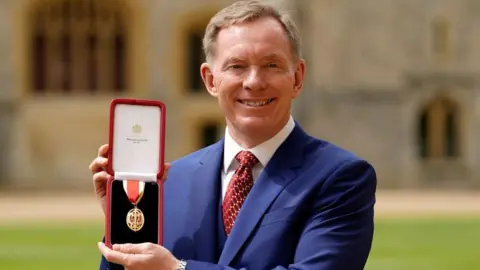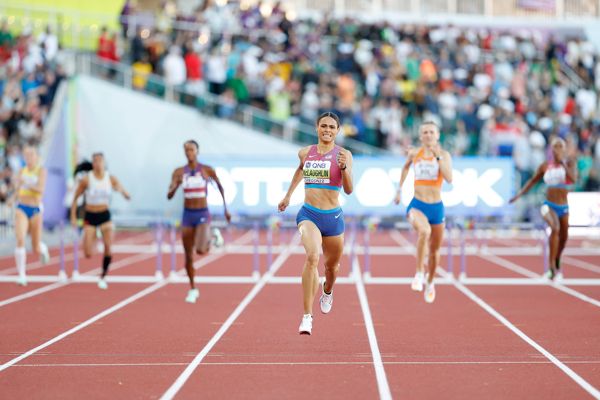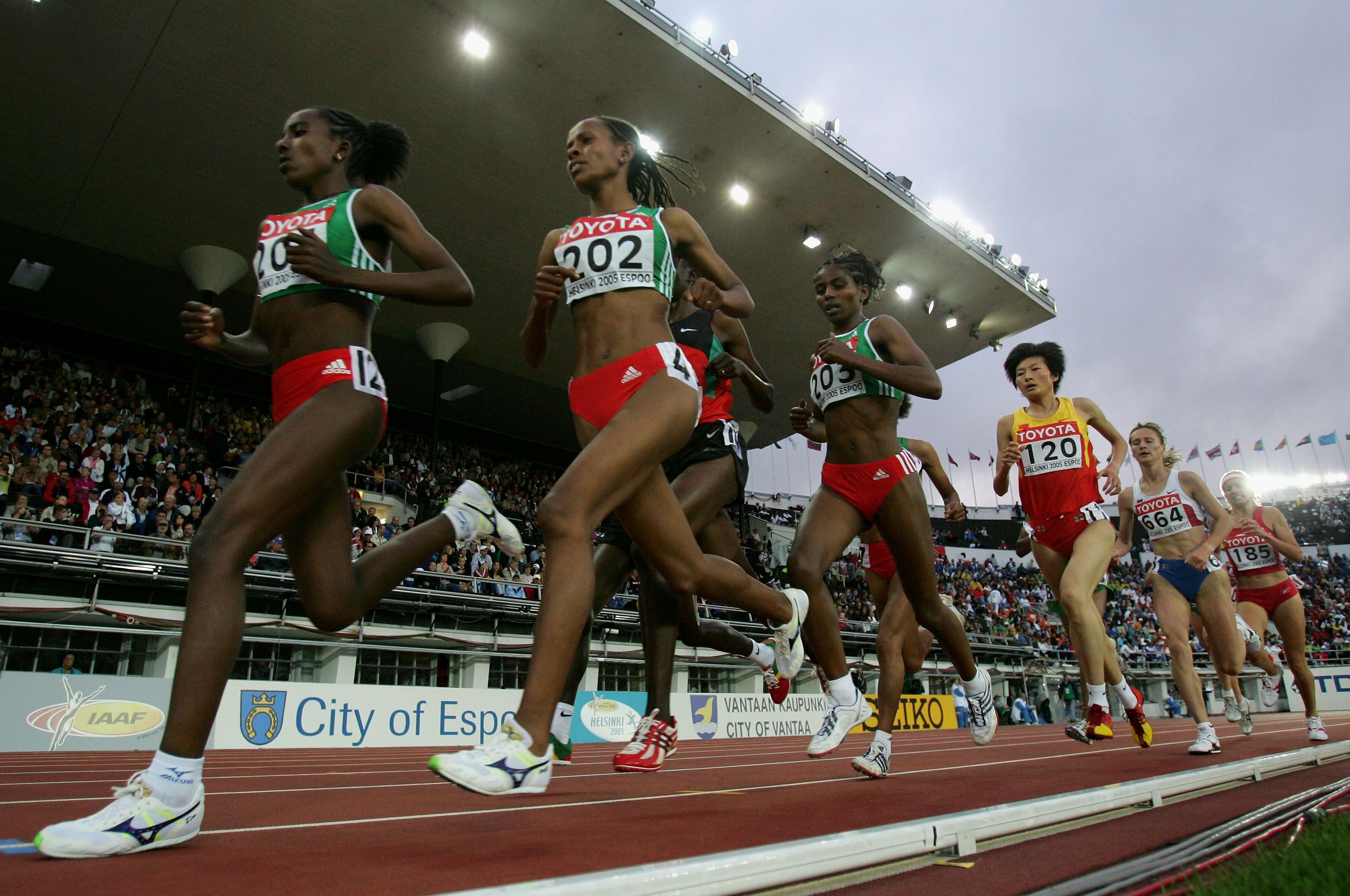Introduction
The COVID-19 pandemic underscored the unique vulnerabilities of immunocompromised individuals. Although the general population has benefited significantly from widespread vaccination and natural immunity, immunocompromised individuals remain at disproportionate risk for severe outcomes. Their reduced ability to mount effective immune responses to vaccines is emphasized in current literature, but this point alone does not sufficiently address the broader scope of these individuals’ continued susceptibility.1
This disparity highlights a crucial public health issue: the need for ongoing, adaptive strategies to protect high-risk populations even as society resumes normal activities. Dorry L. Segev, MD, PhD, a professor in the Department of Surgery and the Department of Population Health at NYU Grossman School of Medicine in New York, New York, and vice chair of the Department of Surgery and surgical scientific director at the Center for Surgical and Transplant Applied Research, emphasized that public health initiatives must address the unique vulnerabilities of patients with cancer by implementing tailored preventive measures and policies.2 This includes promoting vaccine research to improve efficacy in immunocompromised populations, maintaining rigorous hygiene practices in health care settings, and ensuring accessible preventive care. Addressing these needs will help bridge the gap between immunocompromised individuals and the general population with COVID-19 protection, ultimately reducing health care disparities and enhancing overall public health resilience.
Persistent Susceptibility in Patients Who Are Immunocompromised
Segev highlighted the urgent need for targeted public health measures to protect immunocompromised populations.2 He emphasized that despite widespread vaccination efforts, patients who are immunocompromised face significant challenges in achieving adequate immune responses.
Vaccine Efficacy and Immune Response Variability
It is well-documented that patients who are immunocompromised, particularly those with hematologic malignancies, solid organ transplants, or autoimmune conditions requiring immunosuppressive therapy, demonstrate suboptimal seroconversion rates following COVID-19 vaccination. For instance, a recent meta-analysis found that only 40% to 50% of transplant recipients developed detectable antibodies after the standard 2-dose mRNA vaccine regimen compared with more than 90% in the general population.3 This disparity highlights the need for tailored vaccine strategies.
Emerging evidence suggests that certain subgroups respond differently to booster doses. For example, studies have shown that a third or even fourth vaccine dose can significantly enhance antibody titer in transplant recipients and patients undergoing active cancer treatment.4 However, the magnitude of protection remains lower than in healthy individuals, highlighting the need for additional interventions beyond vaccination (Table).1
Increased Risk of Severe Outcomes
Patients who are immunocompromised not only experience lower vaccine efficacy but also face prolonged viral shedding and higher rates of severe disease. A study by Kemp et al revealed that patients who are immunocompromised could harbor replicating SARS-CoV-2 for weeks, potentially serving as reservoirs for new variants.5 This prolonged infectious period increases the risk of nosocomial transmission and necessitates enhanced infection control measures in health care settings.
Emerging Therapeutic Strategies
Monoclonal Antibodies and Antiviral Therapies
Monoclonal antibody therapies have emerged as a cornerstone for mitigating severe outcomes in patients who are immunocompromised. Prophylactic treatments, such as tixagevimab/cilgavimab, a combination of 2 monoclonal antibodies used for preexposure prophylaxis, have demonstrated efficacy in preventing COVID-19 in patients who did not respond to vaccines.4 Additionally, oral antivirals such as nirmatrelvir/ritonavir have shown promise in reducing hospitalization rates in high-risk populations, although their efficacy may be limited in those with advanced immunosuppression, Segev noted.2
Personalized Vaccine Approaches
The development of personalized vaccine strategies, including high-dose or adjuvanted vaccines, is gaining traction. For example, adjuvants designed to enhance dendritic cell activation could improve T-cell responses in patients who are immunocompromised. Early-phase clinical trials of modified mRNA vaccines tailored to this population are underway, with preliminary results showing enhanced immunogenicity.6,7
T-Cell–Based Immunotherapies
T-cell–based therapies represent a promising frontier for patients who are immunocompromised with deficient humoral responses. These therapies, including engineered T-cell receptor (TCR) therapies, aim to provide immediate and durable protection by directly targeting SARS-CoV-2–infected cells. Ongoing trials are evaluating their safety and efficacy in patients with hematologic malignancies and other severe immunosuppressive conditions.8
Broader Implications and Unaddressed Challenges
The Role of Hybrid Immunity
Hybrid immunity, arising from vaccination combined with prior infection, has been shown to confer superior protection compared with vaccination alone. However, patients who are immunocompromised often fail to generate robust immunity even after infection. Understanding the mechanisms underlying this discrepancy is critical for developing effective therapies.9
The Potential for Viral Evolution
Patients who are immunocompromised have prolonged viral shedding, which increases the likelihood of within-host viral evolution. Researchers have identified mutations in spike proteins from such patients that confer resistance to monoclonal antibodies.5 This highlights the urgent need for surveillance and tailored therapeutic approaches to mitigate the emergence of treatment-resistant variants.10
A Call for Policy and Health Care Interventions
Segev’s presentation highlighted the necessity of tailored systemic interventions supported by evidence-based policies to address the unique vulnerabilities of oncological immunocompromised patients. The COVID-19 pandemic exposed critical gaps in protecting these individuals, underscoring the need for inclusive public health measures and proactive research efforts. Additionally, it prompted a reassessment of advanced oncology treatments, particularly their efficacy, toxicity, and overall survival benefits. Studies’ results suggest that some of these treatments provide only minimal survival gains while imposing significant toxicity burdens, which raises ethical and clinical questions about their continued use. These concerns emphasize the need for more judicious treatment strategies and a reevaluation of clinical research priorities. Ensuring the well-being of immunocompromised populations requires a concerted effort to adapt public health strategies, refine treatment approaches, and prioritize their needs amid evolving health care challenges.11,12
Enhanced Surveillance
Targeted genomic surveillance in immunocompromised populations is essential for the early detection of new variants. Programs integrating patient-specific sequencing data with clinical outcomes could provide real-time insights into the evolution of SARS-CoV-2.2
Tailored Public Health Measures
Public health measures must prioritize immunocompromised individuals through ongoing mask mandates in high-risk settings, access to early antiviral treatment, and dedicated vaccination programs. Additionally, education campaigns can raise awareness among health care providers and caregivers about the specific needs of this population.13
Integration of Lifestyle Interventions
Although pharmacologic interventions remain central, lifestyle modifications such as optimized nutrition and exercise may play a supportive role in enhancing immune function. Although limited evidence exists, results of early studies suggest that targeted lifestyle interventions can reduce the risk of secondary infections in immunocompromised patients.14
Conclusion
The persistent vulnerability to COVID-19 of patients who are immunocompromised underscores the need for comprehensive strategies that extend beyond conventional vaccine approaches.14 A critical review of recent advancements reveals promising therapeutic options, including monoclonal antibodies, personalized vaccines, and T-cell therapies. Still, significant gaps remain in addressing the unique challenges faced by this population. By integrating emerging scientific insights with tailored public health interventions, we can better safeguard the health and well-being of immunocompromised individuals. Moreover, addressing these challenges effectively requires a synergistic effort among policy makers, health care providers, and researchers to ensure equitable access to advanced therapeutics and preventive measures. The lessons learned during the COVID-19 pandemic must guide future strategies to protect vulnerable populations in a more inclusive and resilient health care system.
Author Contributions
Conceptualization, VC and MB; methodology, VC and MB; formal analysis, VC, MB, JG, DM, KI, CHP, and YL; investigation, VC, MB, JG, DM, KI, CHP, and YL; resources, VC, MB, JG, DM, KI, CHP, and YL; data curation, VC, MB, JG, DM, KI, CHP, and YL; writing—original draft preparation, VC, MB, JG, DM, KI, CHP, and YL; writing—review and editing, VC and MB; visualization, VC, MB, JG, DM, KI, CHP, and YL; supervision, VC and MB; project administration, VC, MB, CHP, and YL. All authors jointly agree to the accuracy of this work and are in favor of submitting it for publication. All authors have read and agreed to the published version of the manuscript.
Acknowledgments
We thank Dorry L. Segev, MD, PhD, for the opportunity to learn
from a global leader in medicine. We are grateful to be part of MedNews Week, a virtual platform that focuses on disseminating high quality medical information.
References
- Pagani I, Ghezzi S, Alberti S, Poli G, Vicenzi E. Origin and evolution of SARS-CoV-2. Eur Phys J Plus. 2023;138(2):157. doi:10.1140/epjp/s13360-023-03719-6
- Segev D. COVID and the immunocompromised: a frightening new normal. MedNews Week. June 27, 2022. https://tinyurl.com/3ck9wb7k
- Lang K. What do we know about COVID-19 in immunocompromised people? BMJ. 2023;383:p1612. doi:10.1136/bmj.p1612
- Chavarot N, Morel A, Leruez-Ville M, et al. Weak antibody response to three doses of mRNA vaccine in kidney transplant recipients treated with belatacept. Am J Transplant. 2021;21(12):4043-4051. doi:10.1111/ajt.16814
- Kemp SA, Collier DA, Datir RP, et al; CITIID-NIHR BioResource COVID-19 Collaboration, COVID-19 Genomics UK (COG-UK) Consortium. SARS-CoV-2 evolution during treatment of chronic infection. Nature. 2021;592(7853):277-282. doi:10.1038/s41586-021-03291-y
- Jackson LA, Anderson EJ, Rouphael NG, et al; mRNA-1273 Study Group. An mRNA vaccine against SARS-CoV-2 – preliminary report. N Engl J Med. 2020;383(20):1920-1931. doi:10.1056/NEJMoa2022483
- Boyarsky BJ, Werbel WA, Avery RK, et al. Immunogenicity of a single dose of SARS-CoV-2 messenger RNA vaccine in solid organ transplant recipients. JAMA. 2021;325(17):1784-1786. doi:10.1001/jama.2021.4385
- Strangfeld A, Schäfer M, Gianfrancesco MA, et al; COVID-19 Global Rheumatology Alliance. Factors associated with COVID-19-related death in people with rheumatic diseases: results from the COVID-19 Global Rheumatology Alliance physician-reported registry. Ann Rheum Dis. 2021;80(7):930-942. doi:10.1136/annrheumdis-2020-219498
- Schmidt T, Klemis V, Schub D, et al. Cellular immunity predominates over humoral immunity after homologous and heterologous mRNA and vector-based COVID-19 vaccine regimens in solid organ transplant recipients. Am J Transplant. 2021;21(12):3990-4002. doi:10.1111/ajt.16818
- Zabidi NZ, Liew HL, Farouk IA, et al. Evolution of SARS-CoV-2 variants: implications on immune escape, vaccination, therapeutic and diagnostic strategies. Viruses. 2023;15(4):944. doi:10.3390/v15040944
- Bonanni P, Ceddia F, Dawson R. A call to action: current challenges and considerations for COVID-19 vaccination in immunocompromised populations. J Infect Dis. 2023;228(suppl 1):S70-S76. doi:10.1093/infdis/jiad150
- Codacci-Pisanelli G, Giuliani J, Bonetti A. The effect of COVID-19 pandemic on daily oncology clinical practice. Crit Rev Oncol Hematol. 2021;167:103272. doi:10.1016/j.critrevonc.2021.103272
- Shao T, Verma HK, Pande B, et al. Physical activity and nutritional influence on immune function: an important strategy to improve immunity and health status. Front Physiol. 2021;12:751374. doi:10.3389/fphys.2021.751374
- Kamar N, Abravanel F, Marion O, Couat C, Izopet J, Del Bello A. Three doses of an mRNA COVID-19 vaccine in solid-organ transplant recipients. N Engl J Med. 2021;385(7):661-662. doi:10.1056/NEJMc2108861
 Getty Images
Getty Images Getty Images
Getty Images










